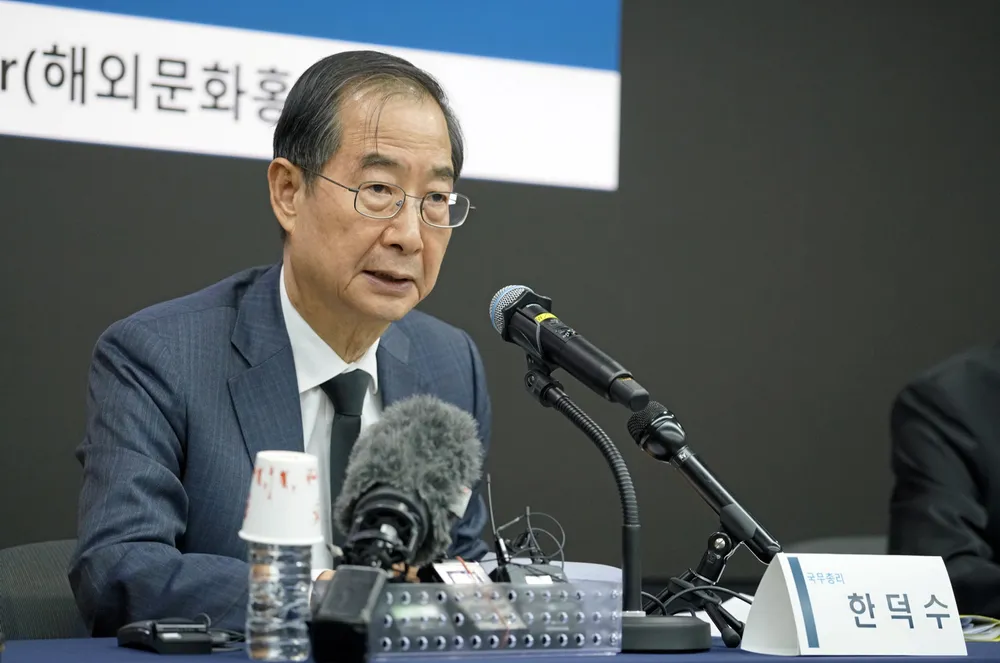South Korea to boost hydrogen vehicles, power plants and cargo ships as it aims to become global leader in H2
New roadmap unveiled by government includes securing hydrogen imports from Middle East and Southeast Asia

New roadmap unveiled by government includes securing hydrogen imports from Middle East and Southeast Asia
